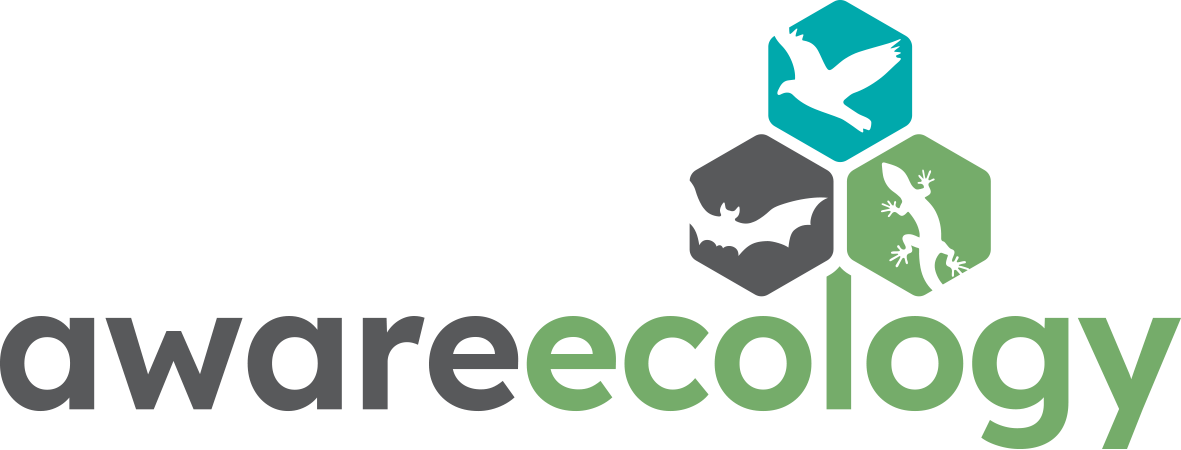
Great Crested Newt Surveys
Why is a survey required?
Great Crested Newts (GCN) and their habitats are protected by law. They will use aquatic and terrestrial habitats during the year, including freshwater ponds/ditches for breeding and deciduous woodland, hedgerows and rough grassland outside of the breeding season.
Therefore, if it is ‘reasonably likely’ that your project may impact a suitable terrestrial habitat within 500m of a breeding pond, then surveys must be undertaken to ensure the development can proceed legally.
It is a consideration of the Local Planning Authority (LPA) that appropriate measures have been undertaken during the planning process to consider the impacts on GCN when determining an application.
This survey aims to establish the presence or likely absence of GCN in waterbodies and the population size should individuals be present.
If you, your architect, planning agent or the LPA consider there is a likelihood of GCN being present or there is a nearby waterbody, then a survey must be carried out.
Feel free to contact us for further advice. Our costs for an HSI survey start from £350+VAT, with trapping surveys starting from £1,799+VAT.
Habitat Suitability Index (HSI)
This index takes into account a variety of parameters to give the waterbody being surveyed a score which indicates the suitability for GCN.
Usually, any ponds within 500m of the proposed development should be assessed.
Bottle Trapping
This method determines the presence/likely absence and population size of GCN. It consists of bottles being placed around the edge of the waterbody overnight and then re-checked the next morning.
Egg Search
During each visit submerged vegetation is checked for newt eggs to help determine if the waterbody is being used for breeding. Once the first egg is located, no more egg searches are required.
Torching
If the water body is suitable, surveyors walk around the pond's perimeter an hour after dusk with a high-powered torch, looking for active newts.
Netting & Refuge Search
These two additional techniques should be used alongside the above methods or if torching is unsuitable.
Netting involves sweeping the water to catch active individuals, whilst a refuge search involves checking terrestrial resting places for newts.
eDNA
This survey consists of water samples taken between April 15th and June 30th. The samples are then analysed in a lab to identify if any sequences of GCN DNA are present or absent.
If GCN DNA is identified, further trapping/torching surveys must be conducted to determine the population size.
What next after the survey is complete?
Once the appropriate survey effort has been completed for your project, a report must be written to support your planning application. The report will detail information about the surveys, background data for the project area, findings from the surveys, what impact the development will have on these findings and recommendations to mitigate these impacts.
If it is found that GCNs are present, then a mitigation licence or district licence will need to be obtained from Natural England to enable the project to proceed legally. This may also be supported by a ‘mitigation strategy’ outlining certain factors to consider during the development and provisions to provide GCN with new habitats and connectivity between suitable habitats.
FAQs
-
Great Crested Newt are listed on Schedule 5 of the ‘Wildlife and Countryside Act 1981’ (as amended), and receive full protection under Section 9. These species are also listed as European Protected Species on Schedule 2 of the ‘Conservation of Habitats and Species Regulations 2017’ which gives them full protection under Regulation 41. Protection was extended by the ‘CRoW Act’.
Under the above legislation, it is an offence to:
- kill, injure or take an individual of such a species;
- possess any part of such species either alive or dead;
- intentionally or recklessly damage, destroy or obstruct access to any place or structure used by such species for shelter, rest, protection or breeding;
- intentionally or recklessly disturb such a species whilst using any place of shelter or protection; or
- sell or attempt to sell any such species.
The Great Crested Newt is included as a Priority Species in the UK Biodiversity Action Plan (UKBAP) and also as a species of principal importance for the conservation of biological diversity in England under Section 74 of the ‘CRoW Act’.
-
The cost will vary with factors such as location, project size and complexity, number of waterbodies on site, and the number of surveys/surveyors required all playing their part in the total cost. Our HSI surveys start from £350+VAT, with follow up trapping/torching surveys for population assessment start from £1,799+VAT.
Please contact us and we will be able to provide further advice and a quote.
-
It is a new scheme by Natural England to reduce the need for traditional mitigation licences. It allows suitable habitats and even individuals to be harmed, by ensuring the provision of suitable habitats off-site via a conservation payment. The aim of the scheme is to reduce the need for traditional, seasonal surveys and create a net gain for GCN at a landscape scale.
The areas that are covered by this scheme have been mapped by Natural England and will be maintained and monitored for 25 years.
-
Should GCN be present on site then prior to the commencement of works a trapping and translocation scheme should be undertaken.
This consists of the construction of drift fencing around the site, along which a series of pitfall traps and refuge matting should be placed. These are then checked every morning for up to 90 days depending on the GCN population size. Any individuals trapped will be translocated to the pre-defined receptor site.
It is important to maintain the drift fencing for the entirety of the works to ensure GCN don’t re-enter the site.
